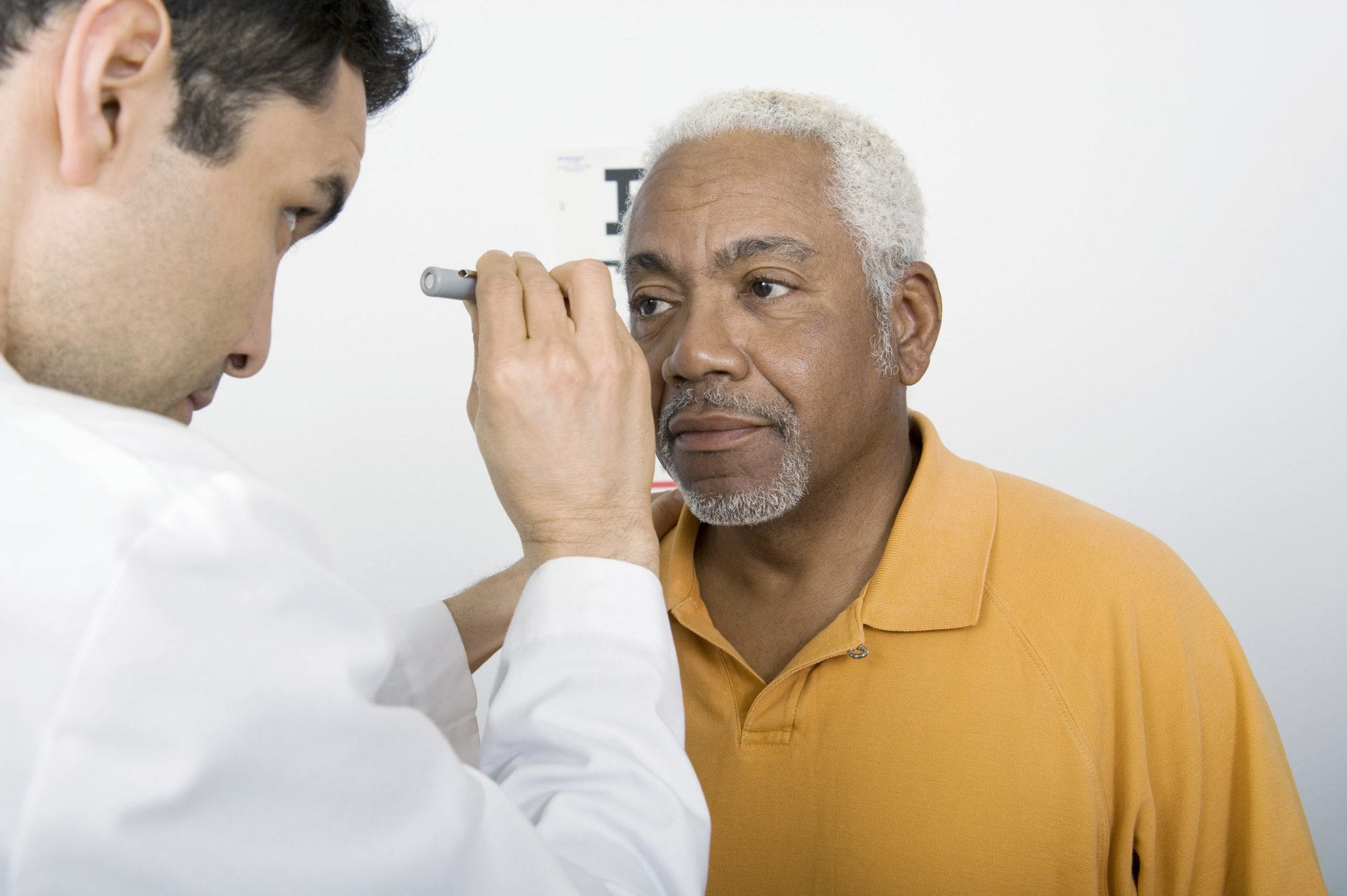
A typical Social Security retirement benefit might look like a healthy chunk of change each month, but a recent study says out-of-pocket medical spending can leave retirees’ finances precariously balanced.
Before most retirees even get their benefit payment, a Medicare Part B premium is deducted. They may pay premiums for a Medicare Advantage, Medicare supplement or prescription drug plan, too.
Seeing a doctor or need a treatment? Retirees face co-pays and cost-sharing outlays. And don’t forget Original Medicare doesn’t cover dental cleanings, fillings and dentures. Routine eye exams from the optometrist for new glasses and contact lenses? Forget about it! Original Medicare won’t pay a dime.
These and other out-of-pocket health expenditures add up to an unhealthy bite out of retirees’ Social Security benefits, says a study — titled “How Much Does Health Spending Eat Away at Retirement Income?” — from the Center for Retirement Research at Boston College.
“For the typical (or median) retiree, one-quarter of their Social Security benefit goes toward these medical costs,” Melissa McInerney, Tufts University economics professor and lead study researcher, tells Money Talks News.
In other words, the typical retiree has only 75% of their Social Security income left after paying for medical expenses.
For those with 401(k) plans, individual retirement accounts or other income beyond Social Security payments, the study found that 88% of the typical retiree’s total income remains after deducting out-of-pocket health costs. The share of income remaining is lower for women and those in low-income households, it concludes.
“This shows how important it is for today’s retirees to have other sources of retirement income in addition to their Social Security benefit,” McInerney says.
Researchers analyzed data for 2018, a pre-pandemic year, from 5,340 retirees aged 65 and up on Social Security and Medicare but with no workplace-sponsored health coverage. Their information came from the latest figures available in the biennial University of Michigan Health and Retirement Study of more than 20,000 Americans aged 50 and up. Analysts calculated how much Social Security benefits and total income are available for nonmedical spending — such as food, housing, transportation and utilities — and how outcomes differ by gender, age, health status and household income. They excluded long-term care costs to focus on the impact of out-of-pocket spending in a retiree’s typical year.
Median out-of-pocket health expenses were $4,311 in 2018, they found. That year, Social Security retirement benefits averaged $1,461 a month.
“It is understandable why many retirees likely feel that making ends meet is difficult,” the researchers concluded.
In 2022, the standard monthly premium for Medicare Part B jumped 14.5% to $170.10, up $21.60 from $148.50 in 2021. Meantime, the annual deductible for all Medicare Part B beneficiaries rose to $233, a $30 increase. Those changes offset a 5.9% cost-of-living adjustment (COLA) that more than 64 million Social Security beneficiaries began receiving in their monthly benefits in 2022.
For 2023, the Medicare Part B premium will decrease a bit, and the Social Security COLA will be the largest in decades, but both changes are atypical.
Out-of-pocket health spending adds up over time, says a separate Center for Retirement Research study. Its analysis found that a 65-year-old household, on average, spends $67,000 on out-of-pocket medical costs over their remaining lifetime.
Help may be on the way from the Inflation Reduction Act signed into law on Aug. 16, 2022, by President Joe Biden. The health, tax, and climate change package includes provisions to lower prescription drug costs for people on Medicare and reduce drug spending by the federal government.
“Though we did not measure the burden of out-of-pocket spending for prescription drugs separately, we expect that capping Part D beneficiary spending at $2,000 per year will provide relief to millions of Part D enrollees,” McInerney says.





Add a Comment
Our Policy: We welcome relevant and respectful comments in order to foster healthy and informative discussions. All other comments may be removed. Comments with links are automatically held for moderation.